What Exactly is Eco-Design?
Eco-design is more than just a buzzword; it’s a revolutionary approach to product development that emphasizes sustainability and environmental responsibility. Imagine a world where every product you use has been designed with the planet in mind—this is the essence of eco-design. It integrates innovative design principles with ecological considerations, aiming to minimize the negative impact on the environment while maximizing the utility and functionality of products.
The concept of eco-design revolves around the idea that every product has a life cycle, from its inception to its disposal. This life cycle includes various stages such as raw material extraction, manufacturing, distribution, use, and ultimately, disposal or recycling. By focusing on each of these stages, designers can make informed decisions that lead to more sustainable products. For instance, eco-design encourages the use of renewable resources, reduction of waste, and energy efficiency throughout the product's life span.
At its core, eco-design is driven by a strong commitment to sustainability. It challenges designers to think beyond aesthetics and functionality, prompting them to consider the broader implications of their choices on the environment and society. This means asking questions like: How will this product affect the Earth? What materials are being used, and are they renewable? Is there a way to reduce energy consumption during its use? By addressing these questions, eco-designers contribute to a healthier planet and a more sustainable future.
Moreover, eco-design is not limited to product development; it also extends to architecture and urban planning. Buildings designed with eco-friendly principles can significantly reduce energy consumption and promote a healthier living environment. For example, utilizing natural light, incorporating green roofs, and using sustainable materials can transform urban landscapes into eco-friendly havens.
In summary, eco-design is a holistic approach that combines creativity with environmental stewardship. It invites designers, manufacturers, and consumers alike to embrace sustainability as a core value, fostering a culture of innovation that prioritizes the well-being of our planet. As we move forward, the principles of eco-design will play a crucial role in shaping a sustainable future for generations to come.
- What is the main goal of eco-design?
The primary goal of eco-design is to minimize environmental impact while maximizing the functionality and sustainability of products throughout their life cycle. - How does eco-design differ from traditional design?
Unlike traditional design, which often prioritizes aesthetics and functionality, eco-design incorporates ecological considerations, focusing on sustainability and reducing harm to the environment. - Can eco-design be applied to all industries?
Yes, eco-design principles can be applied across various industries, including fashion, furniture, electronics, and architecture. - What are some examples of eco-design?
Examples include using recycled materials in product manufacturing, designing energy-efficient appliances, and creating buildings with green roofs and solar panels.
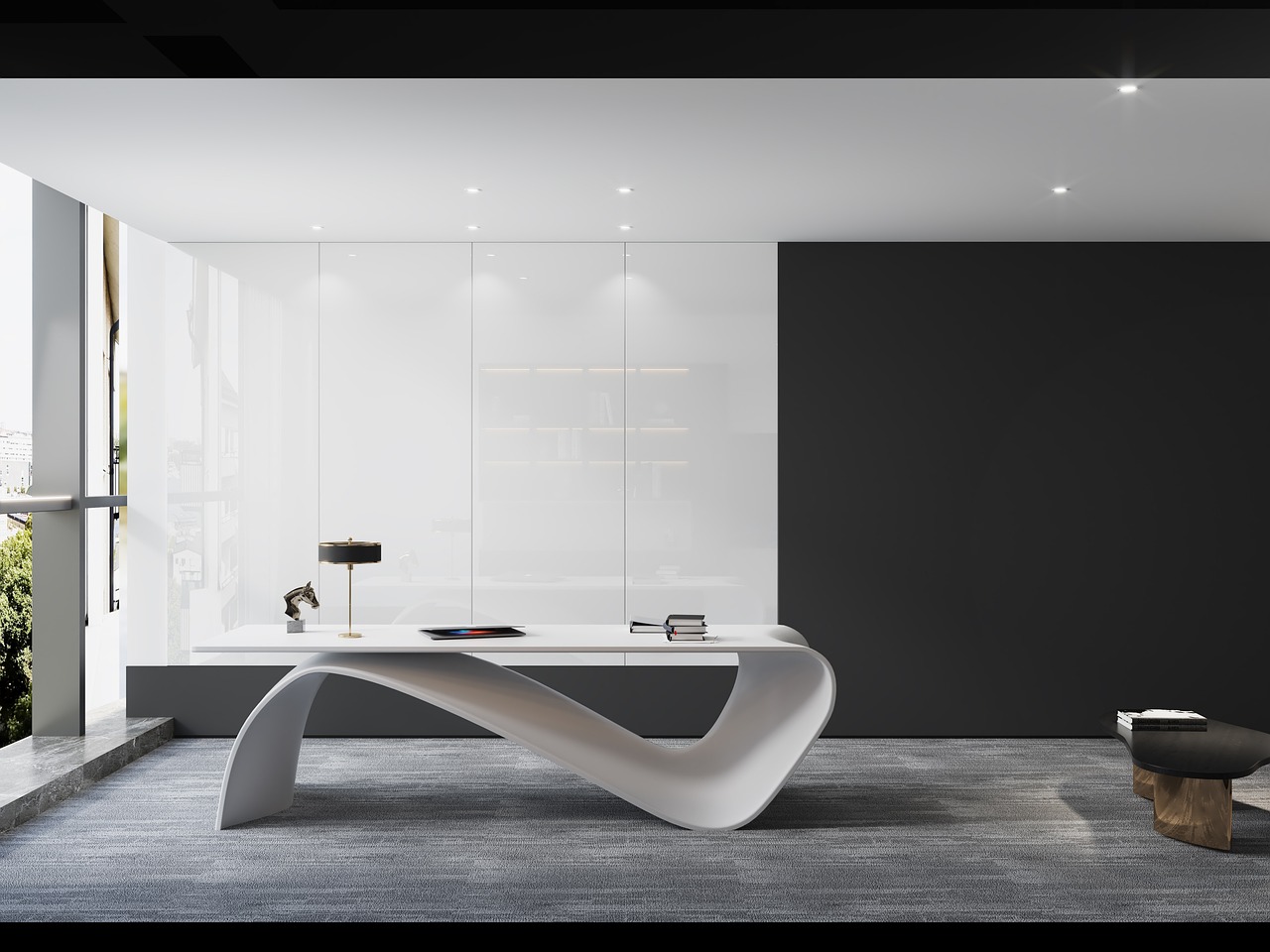
The Principles of Eco-Design
Understanding the core principles of eco-design is essential for creating sustainable products that not only meet consumer needs but also respect our planet. Eco-design emphasizes a holistic approach, considering the environmental impacts of products throughout their entire lifecycle—from raw material extraction to production, use, and eventual disposal. This means that every decision made during the design process should prioritize sustainability and efficiency.
One of the fundamental principles of eco-design is the concept of minimizing waste. Designers should strive to create products that generate less waste during production and after their useful life. This can be achieved through strategies such as designing for disassembly, which allows products to be easily taken apart for repair, reuse, or recycling. By considering the end-of-life phase during the design process, we can significantly reduce the amount of waste that ends up in landfills.
Another critical principle is the selection of sustainable materials. This involves choosing materials that have a lower environmental impact, such as those that are renewable, recyclable, or biodegradable. For instance, using recycled metals or sustainable wood can drastically reduce the carbon footprint of a product. It's not just about the materials themselves, but also how they are sourced and processed. Designers must be aware of the entire supply chain and its implications for sustainability.
Energy efficiency is also a cornerstone of eco-design. Products should be designed to consume less energy during their use phase. This not only reduces the carbon footprint but also saves consumers money in the long run. For example, energy-efficient appliances are designed to use significantly less electricity compared to their conventional counterparts. By incorporating energy-efficient technologies and practices into product design, we can contribute to a more sustainable future.
Furthermore, eco-design encourages innovation and creativity. Designers are challenged to think outside the box and come up with solutions that not only meet functional requirements but also address environmental concerns. This can lead to the development of new materials, processes, and technologies that push the boundaries of traditional design. The goal is to create products that are not only appealing and useful but also beneficial for the environment.
In summary, the principles of eco-design revolve around minimizing waste, selecting sustainable materials, enhancing energy efficiency, and fostering innovation. By adhering to these principles, designers can create products that contribute to a more sustainable and environmentally friendly world. As we continue to face pressing environmental challenges, embracing eco-design is not just a choice; it's a necessity for the future of our planet.
- What is eco-design? Eco-design is a design approach that considers the environmental impacts of a product throughout its entire lifecycle, aiming to minimize negative effects on the planet.
- Why is sustainable material selection important? Choosing sustainable materials reduces the environmental impact of products, conserves natural resources, and promotes recycling and biodegradability.
- How does energy efficiency relate to eco-design? Energy efficiency in product design helps reduce energy consumption and lowers carbon emissions, contributing to a more sustainable future.
- What role does innovation play in eco-design? Innovation encourages designers to find creative solutions that address environmental concerns while meeting consumer needs, leading to new sustainable products.
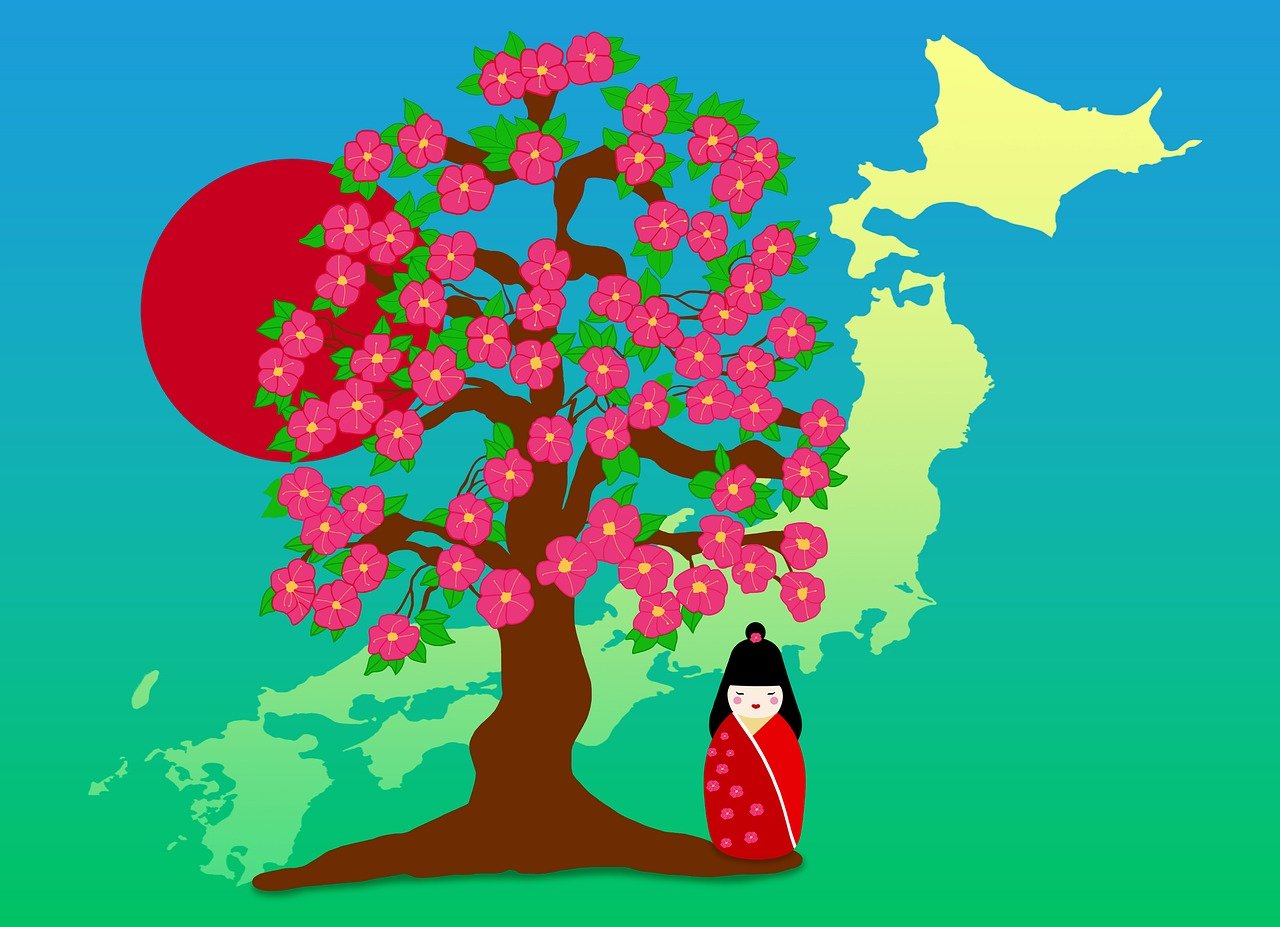
The Importance of Sustainability
Sustainability is not just a buzzword; it’s a necessity in our rapidly changing world. As we face the consequences of climate change, resource depletion, and pollution, the need for sustainable practices has never been more urgent. But what does sustainability really mean in the context of eco-design? It’s all about creating products and systems that meet our current needs without compromising the ability of future generations to meet theirs. This concept is deeply rooted in the idea of balance—balancing economic growth with environmental stewardship and social equity. Isn’t it fascinating how these interconnected aspects can shape the future of our planet?
In today’s marketplace, consumers are becoming increasingly aware of their choices. They are not just looking for products that serve a purpose; they want items that are environmentally friendly and ethically produced. This shift in consumer behavior is driving companies to rethink their design strategies. The importance of sustainability can be summarized in several key points:
- Environmental Health: Sustainable practices help reduce pollution and conserve natural resources, leading to a healthier planet.
- Economic Viability: Eco-design can lower costs and improve efficiency, making businesses more competitive.
- Social Responsibility: Companies that prioritize sustainability often foster a positive brand image and build customer loyalty.
Moreover, the integration of sustainable practices into product development is not just beneficial for the environment; it’s also a smart business move. Companies that embrace sustainability often find themselves ahead of the curve, tapping into new markets and attracting a more conscientious consumer base. The rise of green consumerism is a clear indicator that people are willing to invest in products that align with their values. Isn’t it remarkable how a simple choice can ripple through the economy and society?
To drive this point home, let’s look at the concept of Life Cycle Assessment (LCA), which is crucial in understanding the environmental impact of products. By evaluating every stage of a product’s life—from raw material extraction to manufacturing, usage, and disposal—designers can make informed decisions that minimize harm to the environment. This holistic approach ensures that sustainability is not an afterthought but a fundamental aspect of the design process.
In terms of materials selection, opting for sustainable materials can significantly reduce the ecological footprint of a product. For instance, using recycled materials not only conserves resources but also decreases energy consumption during production. Similarly, biodegradable materials can help mitigate waste issues, as they break down naturally and do not contribute to landfill overflow.
Energy efficiency is another critical component of sustainability. By designing products that consume less energy during their lifecycle, we can collectively reduce our carbon footprint. Imagine if every household adopted energy-efficient appliances; the cumulative effect would be monumental in combating climate change.
In conclusion, the importance of sustainability in eco-design cannot be overstated. It’s a multi-faceted approach that not only benefits the environment but also enhances economic performance and fosters social goodwill. As we continue to innovate and create, let’s keep sustainability at the forefront of our minds. After all, the choices we make today will shape the world we leave behind for future generations. Isn’t that a responsibility worth taking seriously?
Q: What is eco-design?
A: Eco-design is the practice of designing products with consideration for their environmental impact throughout their entire lifecycle.
Q: Why is sustainability important?
A: Sustainability is crucial for ensuring that we meet our needs without compromising the ability of future generations to meet theirs, promoting a healthier planet and society.
Q: How does Life Cycle Assessment help in eco-design?
A: Life Cycle Assessment evaluates the environmental impact of a product from cradle to grave, helping designers make informed decisions to minimize harm.
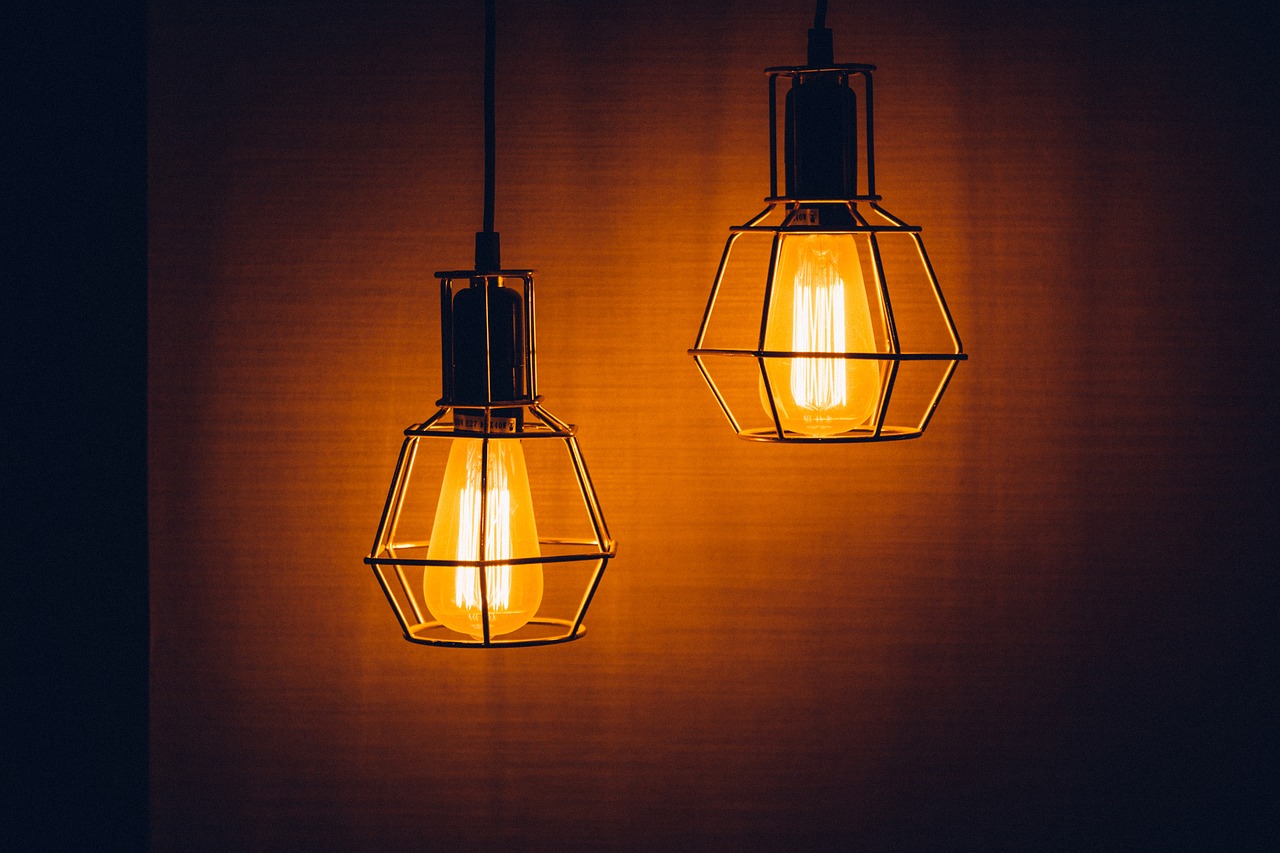
Life Cycle Assessment
Life Cycle Assessment (LCA) is a powerful tool that plays a pivotal role in the realm of eco-design. Imagine being able to track the environmental impact of a product from its very inception to its ultimate disposal. That’s precisely what LCA allows us to do! By evaluating every stage of a product's life cycle, we can gain invaluable insights into its ecological footprint. This process not only helps designers make informed decisions but also empowers consumers to choose products that align with their sustainability values.
The LCA process typically consists of four main phases:
- Goal and Scope Definition: This initial step involves outlining the purpose of the assessment and determining the boundaries of the study. Are we looking at a single product, a system of products, or an entire service? Understanding this helps set the stage for a focused analysis.
- Inventory Analysis: Here, we gather data on all the inputs and outputs associated with the product's life cycle. This includes raw materials, energy consumption, emissions, and waste generation. It's like creating a detailed map of the product's journey!
- Impact Assessment: This phase evaluates the potential environmental impacts based on the inventory data collected. It helps identify which stages of the product's life cycle contribute most significantly to environmental degradation.
- Interpretation: The final phase involves analyzing the results and making recommendations for improvement. This is where designers can pinpoint areas for enhancement, whether it’s material selection, production processes, or end-of-life strategies.
One of the most compelling aspects of LCA is its ability to foster transparency. Companies that adopt LCA can communicate their sustainability efforts more effectively to consumers, building trust and encouraging more eco-friendly purchasing decisions. For instance, a furniture manufacturer might use LCA to demonstrate that their products are made from sustainably sourced wood and are designed for easy disassembly, promoting recycling at the end of their life cycle.
However, implementing LCA is not without its challenges. Gathering accurate data can be a daunting task, especially for products with complex supply chains. Additionally, interpreting the results requires a deep understanding of environmental science and design principles. But the benefits far outweigh the hurdles. By integrating LCA into the design process, companies can not only reduce their environmental impact but also position themselves as leaders in the growing market for sustainable products.
In summary, Life Cycle Assessment is an essential component of eco-design that helps us understand and mitigate the environmental impacts of products. By embracing LCA, designers and companies can make informed choices that contribute to a more sustainable future. So, the next time you think about a product, consider its entire life cycle and how your choices can make a difference!
- What is the main purpose of Life Cycle Assessment? The main purpose of LCA is to evaluate the environmental impacts associated with all stages of a product's life, from raw material extraction to disposal.
- How can consumers benefit from LCA? Consumers can benefit from LCA by making informed choices about the products they buy, opting for those with lower environmental impacts.
- Is LCA applicable to all products? Yes, LCA can be applied to a wide range of products, including consumer goods, industrial products, and services.
- What are some challenges in conducting an LCA? Challenges include data collection, complexity of supply chains, and the need for specialized knowledge to interpret results.
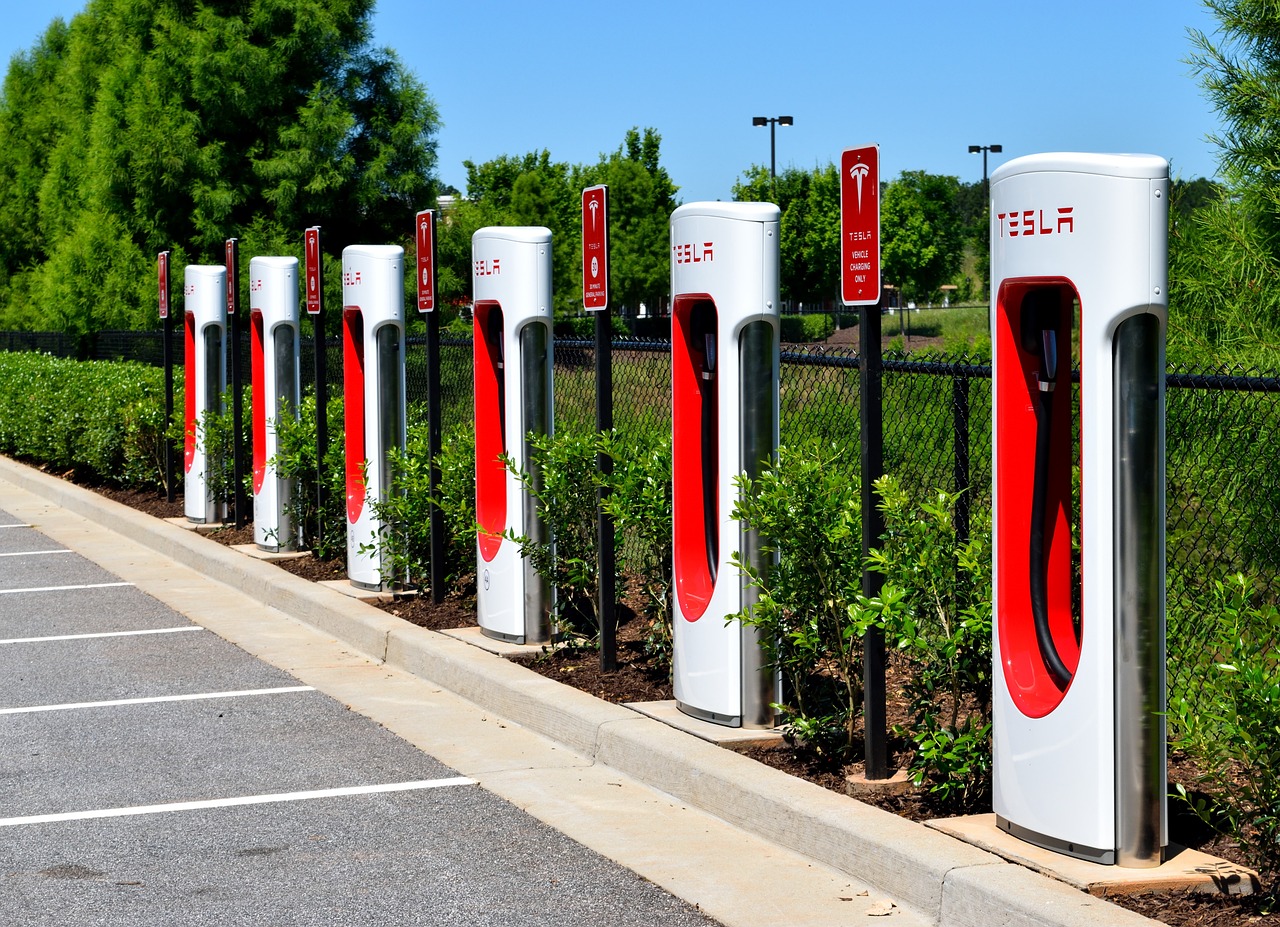
Materials Selection
When it comes to eco-design, the selection of materials is not just a technical decision; it's a critical factor that can significantly influence the overall sustainability of a product. Imagine building a house with bricks made from recycled materials versus traditional ones; the former not only reduces waste but also minimizes the extraction of new resources. In essence, the materials we choose can either contribute to a healthier planet or exacerbate environmental issues.
One of the first steps in materials selection is to consider the source of the materials. Are they renewable? Are they sourced sustainably? By opting for materials that are either recycled or derived from sustainable practices, designers can drastically reduce the carbon footprint of their products. For instance, bamboo is a fantastic alternative to traditional wood due to its rapid growth cycle and minimal need for pesticides. This not only helps in conserving forests but also promotes biodiversity.
Moreover, the impact of materials on the environment doesn’t end with their sourcing. It extends to their entire life cycle, including production, usage, and disposal. This is where the concept of biodegradability comes into play. Materials that can break down naturally at the end of their life cycle help mitigate landfill issues and pollution. For example, biodegradable plastics made from corn starch can decompose in a matter of months, unlike conventional plastics that linger for centuries.
Another crucial aspect to consider is energy consumption during the manufacturing process. Some materials require more energy to produce than others, which can significantly increase a product's overall environmental impact. For instance, metals like aluminum are energy-intensive to produce, while materials like hemp or recycled paper have a much lower energy requirement. By prioritizing low-energy materials, designers can further enhance the sustainability of their products.
To summarize, here are some key factors to consider during the materials selection process in eco-design:
- Renewability: Choose materials that are renewable or recycled.
- Biodegradability: Opt for materials that can decompose naturally.
- Energy Efficiency: Assess the energy required for material production.
- Local Sourcing: Whenever possible, select locally sourced materials to reduce transportation emissions.
Ultimately, the selection of materials in eco-design is a balancing act that requires thoughtful consideration of environmental impact, functionality, and aesthetic appeal. By making informed choices, designers can create products that not only meet consumer needs but also contribute to a sustainable future.
Q: Why is materials selection important in eco-design?
A: Materials selection is crucial because the right choices can significantly reduce a product's environmental impact throughout its life cycle, from sourcing to disposal.
Q: What are some examples of sustainable materials?
A: Examples include bamboo, recycled plastics, organic cotton, and reclaimed wood, all of which offer environmental benefits over conventional materials.
Q: How can I ensure I'm choosing sustainable materials?
A: Look for certifications such as FSC (Forest Stewardship Council) for wood products, or choose materials with a low carbon footprint and high recyclability.
Q: Is it more expensive to use sustainable materials?
A: While some sustainable materials may have a higher upfront cost, they can lead to long-term savings by reducing waste, energy use, and environmental impact.

Energy Efficiency
When we talk about eco-design, one of the most crucial elements that springs to mind is . But what does that really mean? Well, imagine you’re trying to keep your house warm during winter. If you have an old, drafty home, you’re going to burn through a lot of energy just to stay comfortable. Now, what if you could design your home in a way that retains that heat without guzzling energy? That’s the essence of energy efficiency in eco-design—creating products and systems that use less energy while delivering the same, if not better, performance.
Energy efficiency isn’t just a buzzword; it’s a necessity in our fight against climate change. By reducing energy consumption, we can significantly lower greenhouse gas emissions. This is where eco-design steps in, offering a roadmap for designers to create products that are not only functional and aesthetically pleasing but also environmentally responsible. For instance, consider the impact of energy-efficient appliances. These devices are designed to consume less electricity, which not only saves consumers money on their utility bills but also contributes to a more sustainable future.
To achieve energy efficiency in eco-design, several strategies can be employed. Here are a few key approaches:
- Smart Design: This involves optimizing the shape and structure of a product to minimize energy use. For instance, aerodynamic designs in vehicles can reduce drag, leading to lower fuel consumption.
- Innovative Materials: Utilizing materials with better insulating properties can significantly enhance energy retention in buildings, reducing the need for heating and cooling.
- Renewable Energy Integration: Incorporating solar panels or wind turbines into product designs can provide clean energy sources, further promoting sustainability.
Moreover, energy efficiency is not just limited to the products themselves; it extends to the entire manufacturing process. By adopting energy-efficient practices in production, companies can reduce their overall energy consumption. This means using less energy during the manufacturing phase, which ultimately leads to lower operational costs and a smaller carbon footprint.
As we delve deeper into the concept of energy efficiency, it’s essential to recognize the role of consumer behavior. When consumers choose energy-efficient products, they send a clear message to manufacturers about the demand for sustainability. This creates a ripple effect in the market, encouraging more companies to innovate and adopt eco-design principles.
In summary, energy efficiency is a cornerstone of eco-design that not only benefits the environment but also enhances the functionality of products. By prioritizing energy-efficient designs, we can pave the way for a more sustainable future, where our needs are met without compromising the health of our planet. So, the next time you’re in the market for a new appliance or considering a home renovation, remember the impact of your choices. Are you ready to embrace energy efficiency?
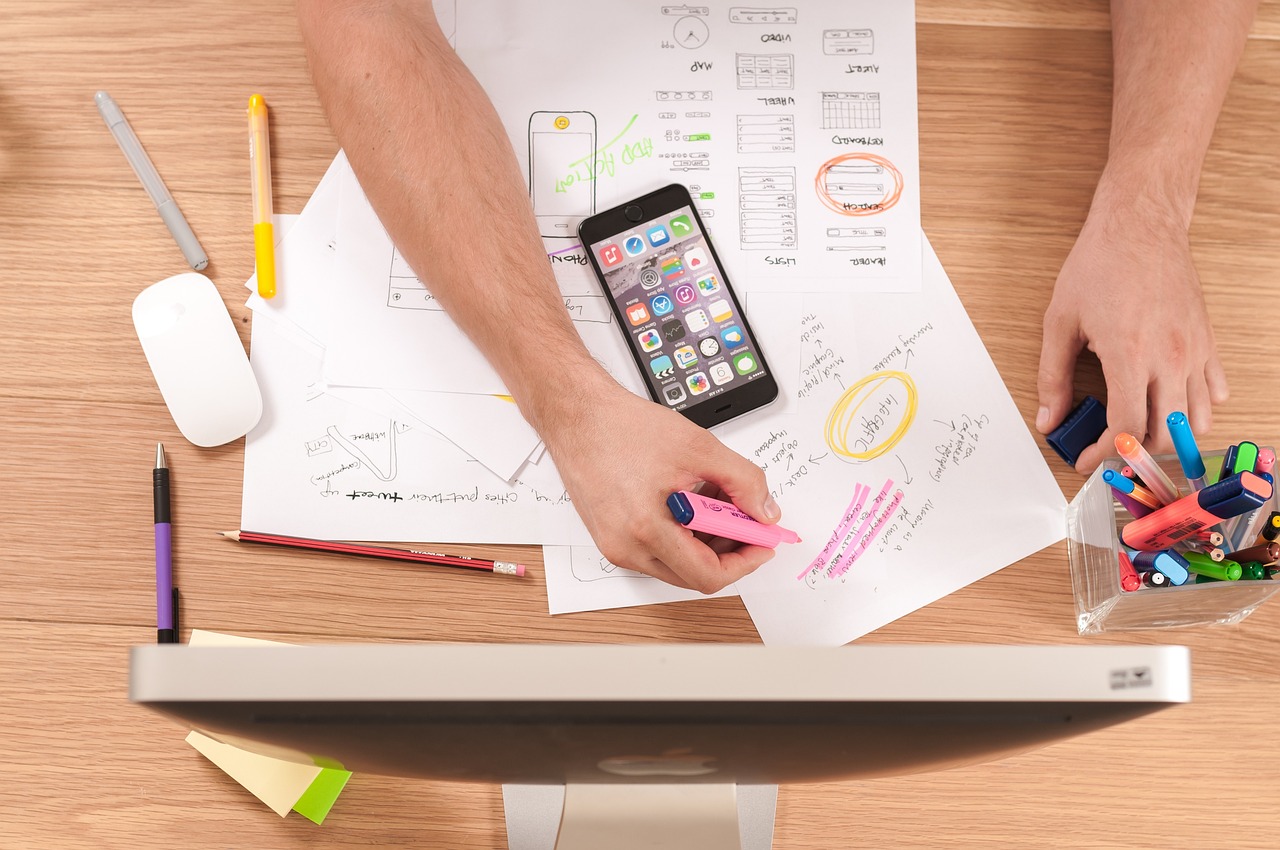
Consumer Awareness and Education
In the journey toward a more sustainable future, consumer awareness and education play a pivotal role. It's not just about creating eco-friendly products; it's about ensuring that consumers understand the impact of their choices. Have you ever wondered why some products are labeled as sustainable? Or how your purchasing decisions can influence the market? These questions highlight the importance of being informed.
When consumers are educated about eco-design, they become empowered to make choices that benefit not only themselves but also the environment. This awareness can lead to a significant shift in demand for sustainable products. For instance, when people understand the environmental impact of plastic versus biodegradable materials, they are more likely to choose the latter, thereby encouraging companies to adopt eco-design principles.
To effectively raise awareness, several strategies can be employed:
- Educational Campaigns: Brands and organizations can launch campaigns that inform the public about the benefits of eco-design and sustainable practices.
- Transparency: Providing clear information about product sourcing, manufacturing processes, and end-of-life options helps consumers make informed choices.
- Community Engagement: Workshops, seminars, and community events can foster discussions about sustainability and encourage collective action.
Moreover, the digital age offers unique opportunities to enhance consumer education. Social media platforms, blogs, and websites can serve as effective tools to disseminate knowledge about eco-design. By sharing stories of successful sustainable practices and providing tips on making eco-friendly choices, brands can engage consumers in meaningful conversations about their purchasing habits.
Ultimately, the goal is to create a conscious consumer base that values sustainability. When consumers prioritize eco-friendly products, businesses are incentivized to innovate and improve their practices. This creates a positive feedback loop where demand drives supply, leading to a more sustainable market landscape.
In conclusion, educating consumers about eco-design is not just beneficial; it is essential. As we navigate the complexities of environmental challenges, informed consumers can help shape a future where sustainability is at the forefront of product development. Together, we can make choices that not only meet our needs today but also safeguard our planet for generations to come.
Q1: What is eco-design?
A1: Eco-design is the practice of creating products with a focus on minimizing environmental impact throughout their life cycle, from production to disposal.
Q2: How can I identify eco-friendly products?
A2: Look for certifications, labels, and transparency in sourcing and manufacturing processes that indicate a product's sustainability.
Q3: Why is consumer awareness important in eco-design?
A3: Consumer awareness drives demand for sustainable products, encouraging companies to adopt eco-design principles and innovate in their practices.
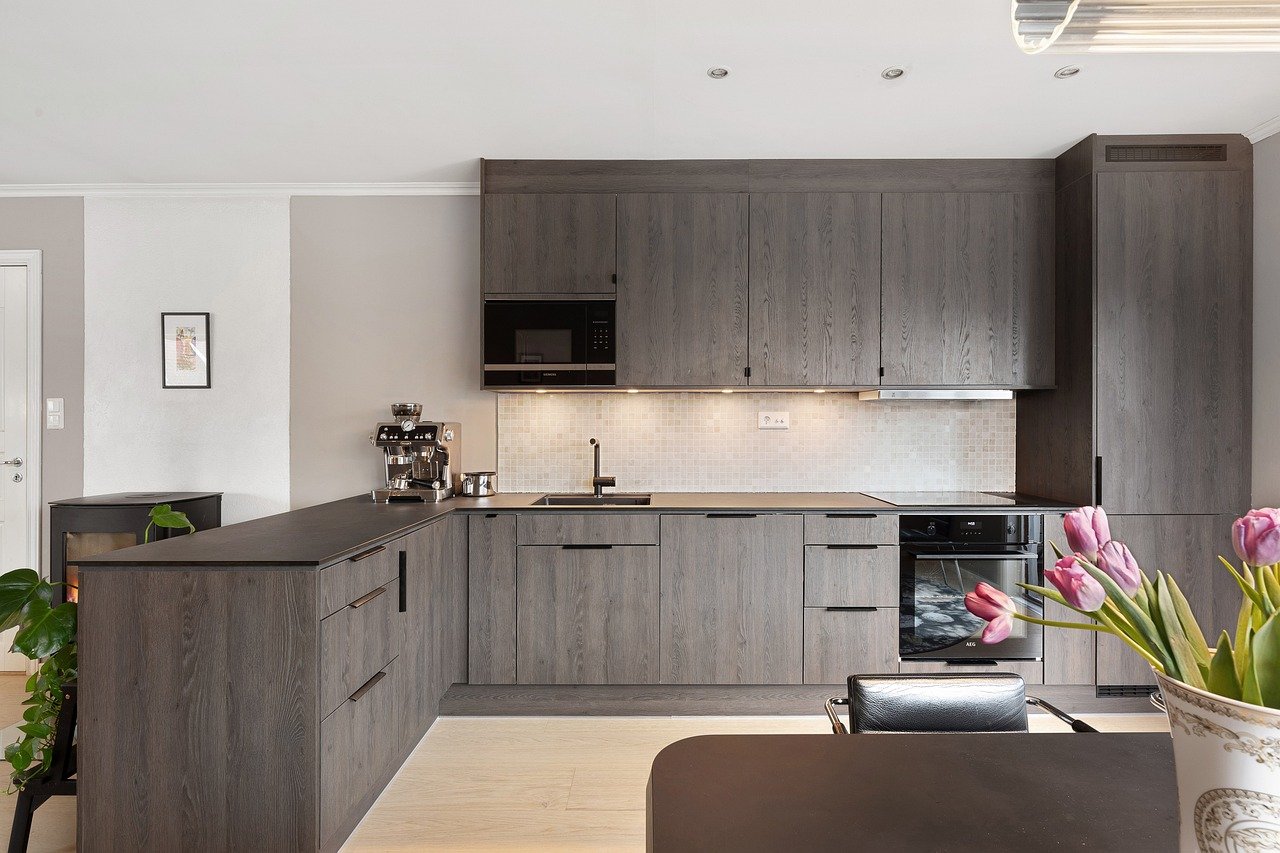
Case Studies in Eco-Design
When it comes to eco-design, real-world examples can provide a wealth of inspiration and insight into how sustainable practices can be effectively implemented across various industries. These case studies not only highlight innovative approaches but also demonstrate the tangible benefits of integrating eco-design principles into product development. Let's dive into some fascinating examples that showcase the power of sustainable design.
One standout case is that of **IKEA**, a brand that has made significant strides in eco-design. Over the years, IKEA has committed to using **sustainable materials** in its products, aiming for 100% of its wood to come from renewable sources by 2025. This commitment is not just a marketing gimmick; it reflects a deep understanding of the environmental impact of materials. For instance, IKEA has shifted to using recycled materials in many of its products, such as their popular KUNGSBACKA kitchen fronts, made from recycled wood and plastic. This not only reduces waste but also promotes a circular economy.
Another compelling example is **Patagonia**, a company renowned for its commitment to environmental sustainability. Patagonia's eco-design strategy is rooted in transparency and accountability. They utilize **organic cotton**, recycled polyester, and other sustainable materials in their clothing lines. Moreover, Patagonia encourages customers to repair and recycle their products through initiatives like the Worn Wear program, which extends the lifecycle of their garments. This approach not only lessens environmental impact but also fosters a culture of sustainability among consumers.
In the tech industry, **Apple** has also made notable advancements in eco-design. The company has set ambitious goals to reduce its carbon footprint and has committed to making its products entirely from recycled or renewable materials by 2030. Apple’s **Life Cycle Assessment (LCA)** practices ensure that every product is evaluated for its environmental impact from production to disposal. For example, the latest iPhones are designed to be easily disassembled for recycling, which minimizes waste and promotes resource recovery.
To further illustrate the impact of eco-design, let’s take a look at a table summarizing some key eco-design initiatives by these brands:
| Brand | Eco-Design Initiative | Impact |
|---|---|---|
| IKEA | 100% renewable wood by 2025 | Reduces deforestation and promotes sustainable forestry |
| Patagonia | Worn Wear program | Encourages recycling and prolongs product life |
| Apple | 100% recycled or renewable materials by 2030 | Minimizes waste and promotes circular economy |
These case studies exemplify how eco-design is not just a trend but a necessary evolution in product development. By prioritizing sustainability, these companies are not only making a positive impact on the environment but are also appealing to a growing consumer base that values ethical practices. The success of these brands serves as a roadmap for others looking to integrate eco-design into their operations.
However, it's important to note that the journey towards eco-design is not without its challenges. Companies often face hurdles such as higher initial costs, the need for consumer education, and the complexity of sourcing sustainable materials. Yet, as demonstrated by these case studies, the long-term benefits—both for the planet and for business—far outweigh the challenges. With continued innovation and commitment, the future of eco-design looks promising.
- What is eco-design? Eco-design is a design approach that considers the environmental impact of a product throughout its entire life cycle, aiming to minimize negative effects and promote sustainability.
- Why is eco-design important? Eco-design is crucial for reducing waste, conserving resources, and promoting a sustainable future. It helps create products that are better for the environment and society.
- How can companies implement eco-design? Companies can implement eco-design by conducting life cycle assessments, selecting sustainable materials, and focusing on energy efficiency in their product development processes.
- Can consumers influence eco-design? Absolutely! Consumer awareness and demand for sustainable products can drive companies to adopt eco-design principles and make more environmentally friendly choices.
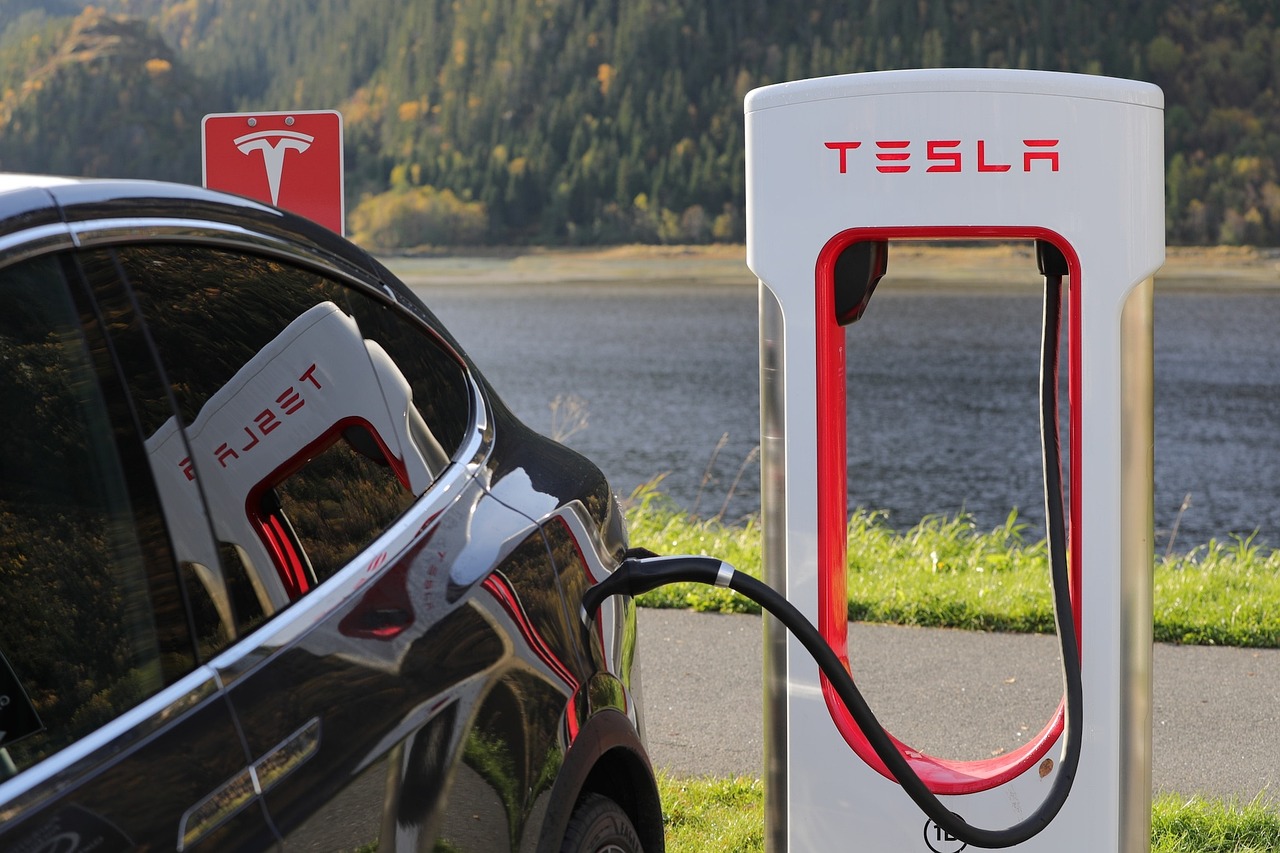
Successful Brands Implementing Eco-Design
In a world increasingly aware of the environmental challenges we face, many brands are stepping up to the plate, embracing eco-design as a core part of their business model. These companies understand that sustainability is not just a trend; it's a necessity for the future of our planet. Let's take a closer look at some of these trailblazers and how they are successfully integrating eco-design principles into their operations.
One standout example is IKEA, the Swedish furniture giant known for its flat-pack designs. IKEA has committed to using only renewable or recycled materials in its products by 2030. This ambitious goal reflects the company's dedication to reducing its carbon footprint and promoting a circular economy. By rethinking its supply chain and materials, IKEA is not only minimizing waste but also inspiring customers to make more sustainable choices in their homes.
Another notable player is Patagonia, an outdoor clothing brand that has built its reputation on environmental advocacy. Patagonia’s eco-design approach includes using organic cotton, recycled materials, and fair labor practices. They even encourage customers to repair their gear instead of replacing it, promoting a culture of sustainability. Their “Worn Wear” program exemplifies how brands can effectively incorporate eco-design into their business model while fostering customer loyalty.
Unilever is also making waves in the eco-design arena. The multinational consumer goods company has launched several initiatives aimed at reducing plastic waste and improving product sustainability. For instance, their “Sustainable Living Plan” aims to halve the environmental footprint of their products by 2030. This includes redesigning packaging to be more sustainable and ensuring that all of their plastic packaging is recyclable, reusable, or compostable.
These brands demonstrate that eco-design can lead to both environmental benefits and business success. By adopting sustainable practices, they not only attract environmentally conscious consumers but also often reduce costs and improve efficiency in the long run. However, implementing eco-design is not without its challenges.
While these companies are leading the charge, they also face hurdles such as sourcing sustainable materials and managing supply chain complexities. For instance, the transition to renewable resources can sometimes lead to increased costs in the short term. However, the long-term benefits, such as enhanced brand loyalty and reduced regulatory risks, often outweigh these initial challenges.
As more brands recognize the importance of eco-design, we can expect to see an even greater shift toward sustainability across various industries. It’s crucial for consumers to support these initiatives by choosing brands that prioritize the environment. After all, every purchase is a vote for the kind of world we want to live in.
- What is eco-design? Eco-design is an approach that integrates environmental considerations into product design and development, aiming to reduce negative impacts on the environment.
- Why is eco-design important? Eco-design is vital for promoting sustainability, reducing waste, and conserving resources, thus ensuring a healthier planet for future generations.
- How can consumers support eco-design? Consumers can support eco-design by choosing products from brands that prioritize sustainability, recycling materials, and reducing overall consumption.
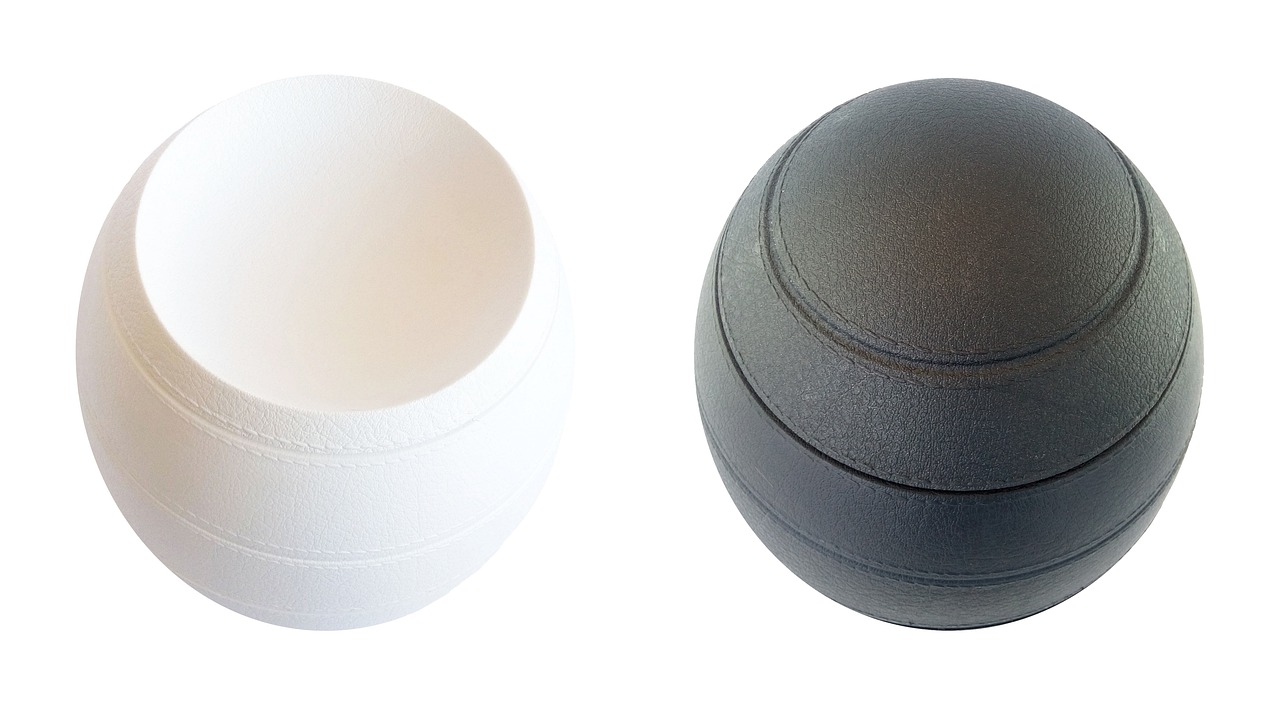
Challenges in Implementing Eco-Design
Implementing eco-design principles can feel like navigating a maze filled with twists and turns. While the benefits of eco-design are clear, the path to achieving it is often fraught with challenges that can deter even the most passionate designers. One major hurdle is the cost of sustainable materials. Often, eco-friendly materials come with a higher price tag, which can make it difficult for companies to justify their use, especially in a market that prioritizes low-cost production. This leads to a dilemma: should designers prioritize sustainability, or should they focus on keeping costs down? It's a tough question, and one that many grapple with.
Another significant challenge is the lack of consumer awareness. Many consumers are still unaware of the environmental impact of their purchasing decisions. This lack of knowledge can translate into a lack of demand for sustainable products, making it difficult for businesses to justify the investment in eco-design. Imagine trying to sell a high-tech electric vehicle in a market that still favors gas guzzlers simply because people are uninformed about the benefits of going electric. Until consumers are educated about the advantages of sustainable products, eco-design may struggle to gain traction.
Moreover, there’s the issue of regulatory barriers. In some regions, existing regulations may not support or even hinder eco-design initiatives. For instance, certain environmental certifications can be overly complicated or expensive to obtain, discouraging companies from pursuing eco-friendly practices. This regulatory landscape can create a sense of uncertainty, leaving designers wondering if their efforts will even be recognized or rewarded.
Additionally, the complexity of supply chains presents another challenge. Many businesses rely on intricate networks of suppliers, and ensuring that each link in the chain adheres to eco-design principles can be a monumental task. For example, if a company sources materials from a supplier that doesn’t prioritize sustainability, it can undermine the entire eco-design effort. This interconnectedness means that designers must not only focus on their own practices but also consider the practices of their suppliers.
Lastly, there’s the challenge of innovation fatigue. As designers strive for more sustainable solutions, the pressure to continuously innovate can lead to burnout. The constant push for new ideas can be overwhelming, and at times, it may feel like the goal of eco-design is just out of reach. To combat this, it's essential for companies to foster a culture of collaboration and support, encouraging designers to share ideas and solutions rather than facing these challenges alone.
In summary, while the journey toward implementing eco-design is filled with obstacles, it is not insurmountable. By addressing these challenges head-on—whether through education, collaboration, or innovation—designers can pave the way for a more sustainable future. The key lies in recognizing these hurdles and working collectively to overcome them, creating a ripple effect that can lead to significant change in the industry.
- What is eco-design? Eco-design is the practice of designing products with a focus on minimizing environmental impact throughout their life cycle.
- Why is sustainability important in design? Sustainability helps ensure the health of our planet for future generations by reducing waste, conserving resources, and promoting ecological balance.
- What are some common challenges in eco-design? Challenges include the cost of sustainable materials, lack of consumer awareness, regulatory barriers, complex supply chains, and innovation fatigue.
- How can consumers support eco-design? Consumers can support eco-design by choosing sustainable products, educating themselves about environmental issues, and advocating for eco-friendly practices.
Frequently Asked Questions
- What is eco-design?
Eco-design is a design approach that focuses on minimizing negative environmental impacts while maximizing functionality and sustainability. It integrates principles that consider a product's entire life cycle, from raw material extraction to production, use, and disposal.
- Why is sustainability important in design?
Sustainability is crucial because it helps protect our planet for future generations. By adopting sustainable practices in design, we can reduce waste, conserve resources, and lessen our carbon footprint, ultimately contributing to a healthier environment.
- What is Life Cycle Assessment (LCA)?
Life Cycle Assessment (LCA) is a systematic approach used to evaluate the environmental impact of a product throughout its life cycle. This includes assessing the effects of raw material extraction, manufacturing, distribution, usage, and disposal, allowing designers to make informed choices for sustainability.
- How do materials selection and eco-design relate?
Materials selection is a critical aspect of eco-design. Choosing sustainable materials that are recyclable, biodegradable, or sourced responsibly helps reduce environmental harm and supports the principles of eco-design by ensuring that products have a lower ecological impact.
- What strategies can improve energy efficiency in eco-design?
Improving energy efficiency in eco-design can be achieved through various strategies, such as optimizing product design to consume less energy, using energy-efficient components, and integrating renewable energy sources into the product's lifecycle.
- How can consumer awareness impact eco-design?
Consumer awareness plays a significant role in the success of eco-design. When consumers are educated about the benefits of sustainable products, they are more likely to demand eco-friendly options, which in turn influences designers and manufacturers to adopt sustainable practices.
- Can you provide examples of successful brands in eco-design?
Many brands are leading the charge in eco-design, such as Patagonia, which focuses on sustainable materials and ethical production, and IKEA, which aims to become a circular business by using renewable and recycled materials in its products.
- What challenges do designers face when implementing eco-design?
Designers often encounter challenges such as higher costs associated with sustainable materials, lack of consumer awareness, and limited access to eco-friendly technologies. Overcoming these obstacles requires innovation, education, and collaboration across industries.



















